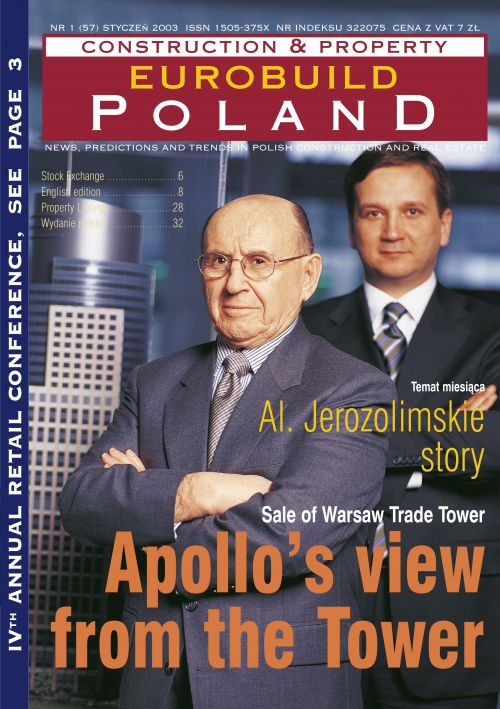Continuing our feature on office development along where Aleje
Jerozolimskie careers away from Warsaw's CBD, we interview the Project Director
of E&L Architects, designers of several buildings along this part of the
city. Eurobuild asks the director to give some further insight into the
importance of this road in the context of the capital's overall development
Do you think this stretch of Aleje Jerozolimskie has a
unique character?
Oh yes, it's definitely a very special area because of what we
might call its 'natural growth'. It started growing without zoning plans and you
can see this from the shapes of the plots, which are not rectangular to the
street but instead seem rather accidental because people just bought the land in
relatively small parcels from farmers. With the Batory Building, for example,
you can see that the plot is narrow, long and at a forty-degree angle to the
street. Bigger plots also exist along the road, such as Reduta and Blue City and
another






























































